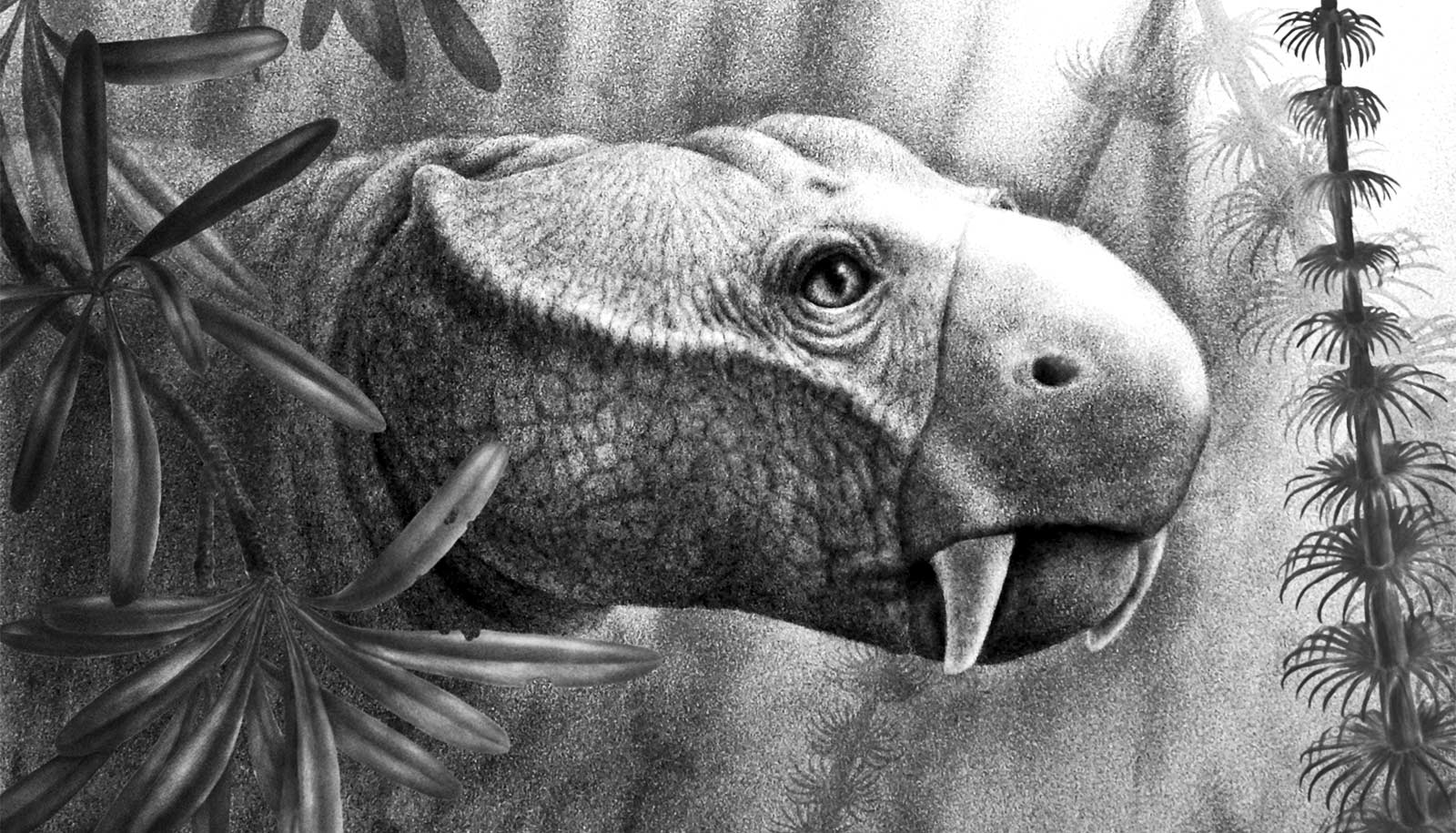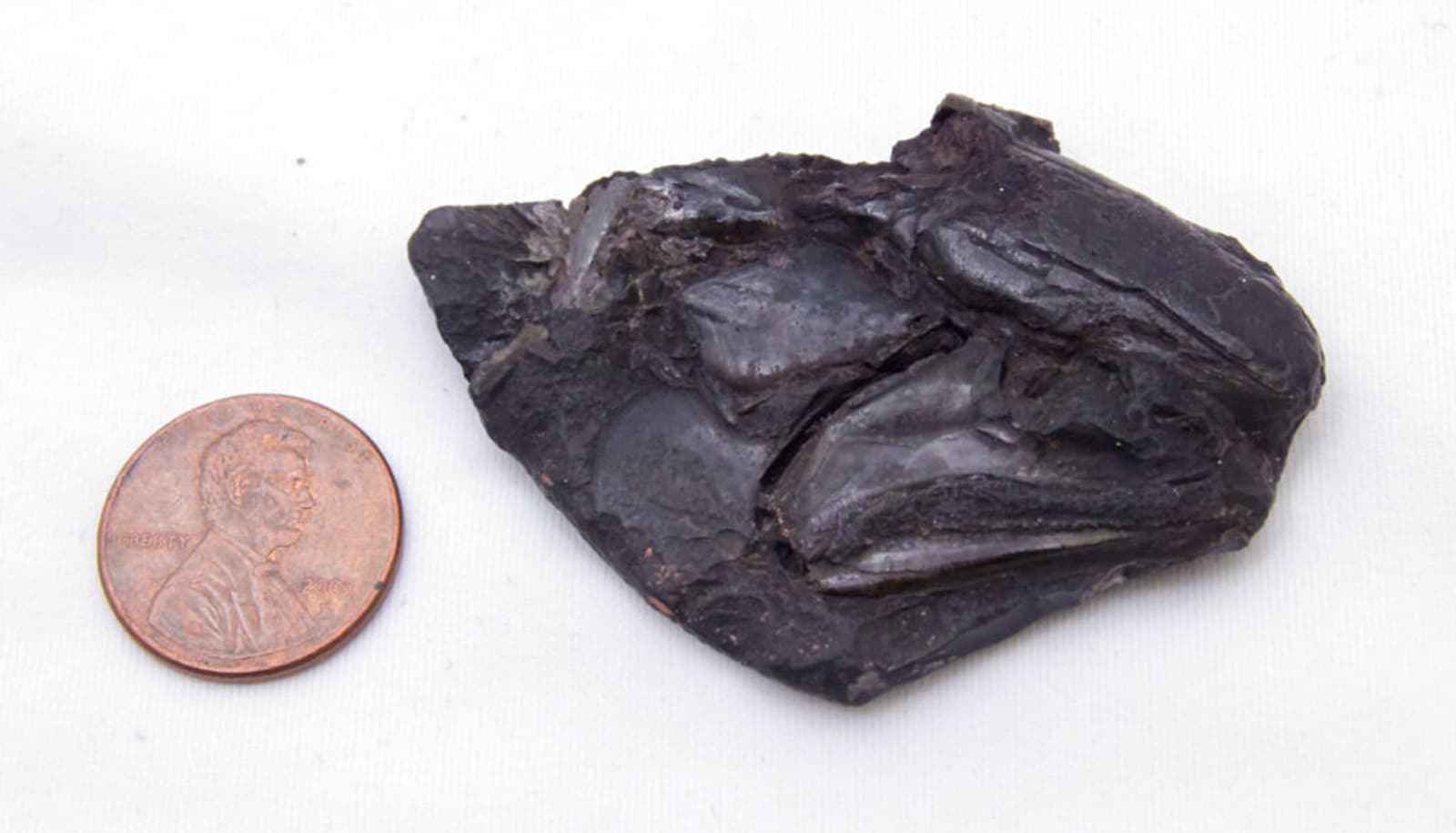Using a particular type of sedimentary rocks as their guide, researchers have begun to tackle the question of when animals first appeared on Earth.
Estimates for the arrival of Earth’s first animals—most likely tiny, soft-bodied marine creatures—differ by hundreds of millions of years. Some estimates, based on how long it would have taken to evolve the genetic differences between today’s major animal groups, suggest that the first animals must have appeared at least 800 million years ago.
Yet the oldest known animal fossils only go back 574 million years. This disconnect has puzzled scientists since the days of Charles Darwin, who was famously taken aback by the sudden appearance of animal fossils in Cambrian rocks (539 to 485 million years ago), but nothing in older rocks he examined.
“One of the major challenges we face in investigating the origin of animals is determining when they first appeared on Earth,” says Derek Briggs, professor of earth and planetary sciences at Yale University, and senior author of a new study published in the journal Trends in Ecology and Evolution.
“What are the chances of finding fossils of the earliest, tiny, decay-prone animals in rocks more than 600 million years old? Is the absence of animals in those rocks real or simply a case of conditions that did not favor preservation?”
For the study, Briggs and colleagues focused on sedimentary rocks similar to the Burgess Shale, an area of the Canadian Rockies in British Columbia. The Burgess Shale deposit, which dates back 508 million years, is known to preserve the fossils of animals with soft biological tissues of varied composition—including animals with neither a shell nor a mineralized skeleton.
Several environmental factors contribute to better preservation in deposits like the Burgess Shale. The muddy sediment had lower amounts of oxygen and sulphate; the composition of the clay tended to inhibit bacteria that promote the decay of organic remains; it boasts mineralization characteristics that replicate soft tissues in geologically long-lived minerals; and rapid cementation of the sediment seals in potential fossils at an early stage.
The researchers studied areas around the world with sediments closest to the conditions of the Burgess Shale, particularly older deposits with sediments that have similar clay compositions. Those sites—including the Lakhanda Group in Russia, the Wynniatt Formation in Canada, and the Svanbergfjellet Formation in Norway—date to 789 million years ago and older.
But none of those sites yielded animal fossils, implying that animals had not evolved by that time.
“Here we explore the possibility that settings suitable for fossilization, similar to those in younger rocks, were available but yielded no animals,” Briggs says. “Such considerations suggest that animals were not present earlier than 790 million years ago. Doubtless, this estimate will be tested and refined by future discoveries.”
Ross Anderson of the University of Oxford, a former graduate student in Briggs’ lab at Yale, is the study’s firs author. Coauthors are from the University of California, Santa Barbara and the University of Cambridge.
Source: Yale University



